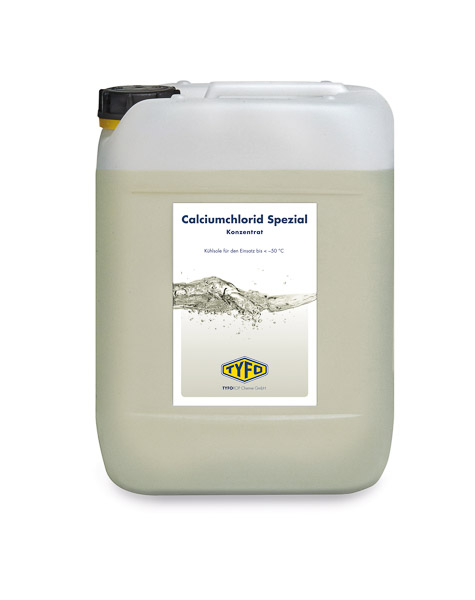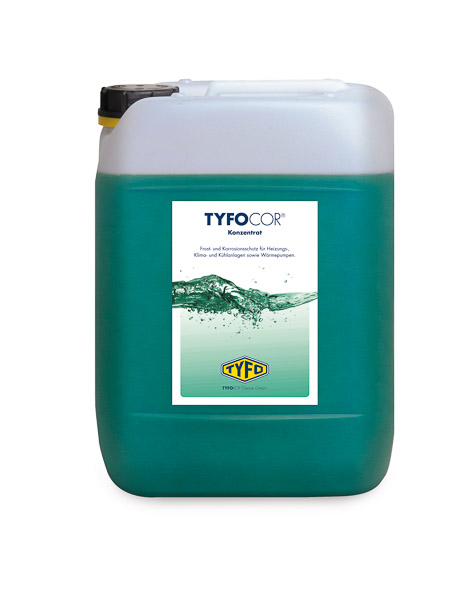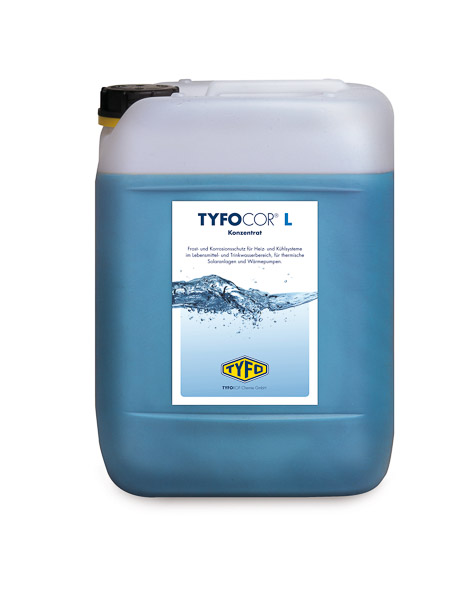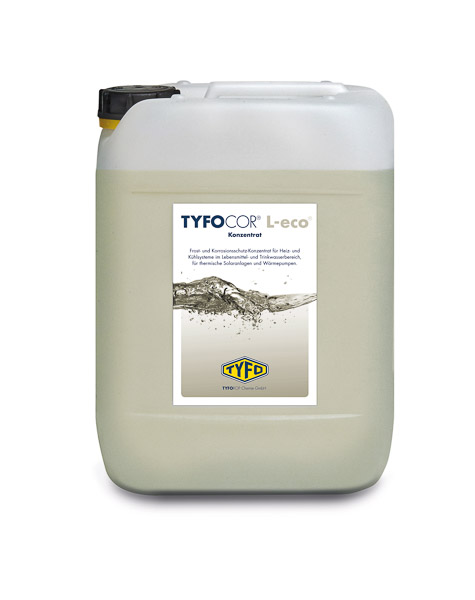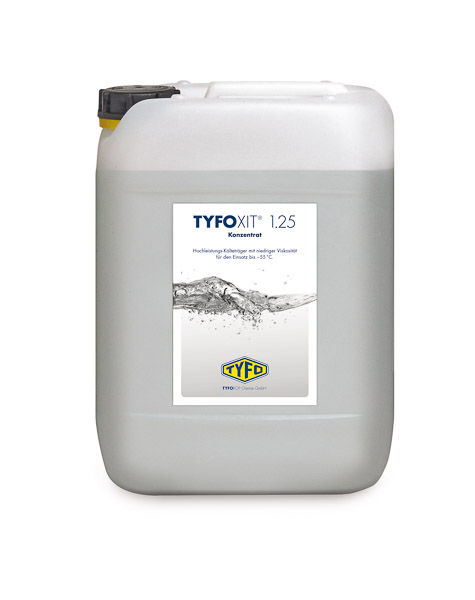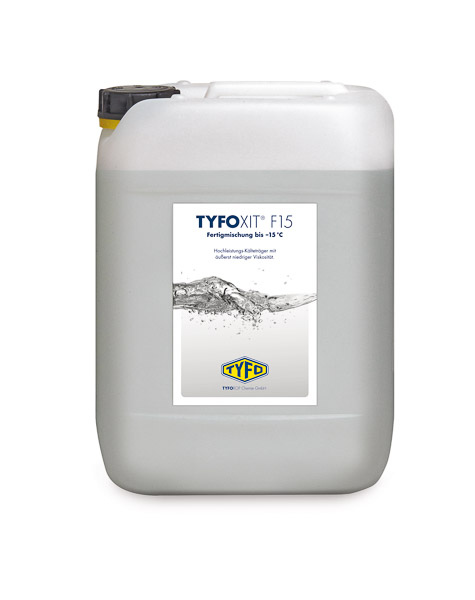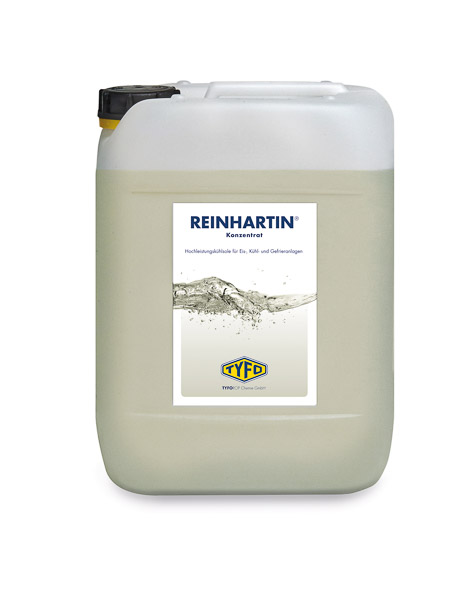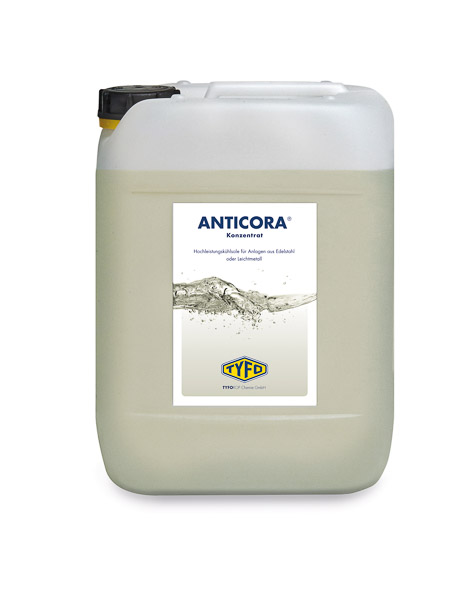Maximum efficiency with TYFOXIT®
Wind tunnels — a gale at your fingertips
Wind tunnels are an indispensable tool in designing modern automobiles. We’re talking about very sophisticated technology that automotive designers use to enhance the shape of automotive bodies and simulate extreme conditions — technology that places high demands on service providers like us.
Guidelines, handwritten notes, a few places that had been erased, some blurry spots where the designer had retraced a line with a softer pencil: It’s 1925, just a few weeks before his 17th birthday, and Béla Barényi — an Austrian student of
Hungarian descent — has just turned in a technical drawing of an odd, hump-backed vehicle. It’s his final project at Vienna’s University of Applied Sciences and the original draft of what Ferry Porsche would transform into the VW Beetle.
What do a mouse, duck, and jaguar have in common?
Barényi later became famous as the “father of the crumple zone.” In a wooden shed on the Mercedes campus in Sindelfingen, he thought up and developed the concept of the safety cage, recessed windshield wipers, the safety steering column, and other technologies that earned Mercedes a reputation for building the safest cars in the world.
Barényi spent his workdays at the drawing board. It was a drafting table that employed special mechanics that allowed lines to be drawn at extremely precise angles. Up until the 1990s, it was the most important tool an engineer had. The Fiat Topolino – the “little mouse,” the “duck” by Citroën, the Jaguar, the Beetle, and later the Fiat Panda — all these unforgettable cars named after animals were drawn by hand.
The state of the art
Today, automobile designers draft their designs at the virtual drawing board, a computer. For today’s modern automobiles, it’s a necessity. Performance has increased, the tires are wider, and speeds are faster. Aerodynamics are a major consideration, and thermodynamics can be a problem with brakes, air conditioners, and large engines all requiring sufficient cooling.
Physical forces can be calculated, but the results can only be verified on the road. Or, in the wind tunnel. One of the first of its kind was created in 1908 by Gustave Eiffel, the designer and namesake of the Eiffel Tower. He was looking for a method to examine the resistance of square and oval plates without having to take these plates up the tower and throw them down. His basic idea was that it did not matter whether you moved a body relative to the air around it or moved air relative to the body. And in theory, he was right. But for cars, it’s not quite the full story. Because in real life, the vehicle moves relative to the street and the air, whereas in the wind tunnel, the air moves relative to the vehicle and the street. As a result, an accurate simulation of reality can only be achieved through sophisticated technical tricks.
“This is why modern wind tunnels are high-tech pieces of equipment,” says Dr. Frank Hillerns of TYFOROP Chemie GmbH in Hamburg. “Not only can you generate streams of air without any turbulence at practically any speed, but you can also simulate almost any climate. Freezing cold, a dry desert, subtropical rain forests.” So in addition to the vehicle’s driving characteristics, engine cooling, thermal management, and even interior noise levels can be subjected to real-world testing.
A technological extreme sport
This technology also places high demands on TYFO. “Normally, water is the ideal fluid to transport thermal energy. The problem is that water is limited to a temperature range of 0 to 100°C,” explains Hillerns. If it gets cold, you need to make adjustments. “In the thermal wind tunnel, for instance, we have to lower the freezing point of the water in the lines and at the same time ensure that the ability to absorb and transport heat is not compromised too much,
because that would affect efficiency.” Furthermore, the fluid additives have to be compatible with all the metal and plastic materials used in the systems as well as any seals used.
And they must remain chemically stable and ecologically safe, even under extreme operating conditions. “If you’ve ever stood in a wind tunnel, you were surely amazed at the size, capabilities, and technological sophistication. It’s a big investment, and with TYFOXIT®, we help make sure it pays off.”
In addition to hundreds of test runs on asphalt, every new vehicle developed today also logs up to 1,000 hours in the wind tunnel. And whenever there isn’t a car inside facing the gale force winds, there are other useful applications. Audi, for instance, regularly makes its wind tunnel available to the German Skiing Association so downhill skiers can work on achieving the perfect tuck.
TYFO refrigeration products
Calcium Chloride Special
For cooling systems made of plain carbon steel.
TYFOCOR®
For cooling, heating, and air conditioning systems including heat pumps and radiant heating systems.
TYFOCOR® L
For cooling, heating, solar, and heat pumps.
TYFOCOR® L-eco®
For cooling, heating, solar, and heat pumps.
TYFOXIT® 1.15–1.25
For all cooling systems with indirect cooling.
TYFOXIT® F15–50
For all cooling systems with indirect cooling.
REINHARTIN®
For ice, cooling, and freezing systems.
ANTICORA®
For systems made of stainless steel or plain carbon steel


